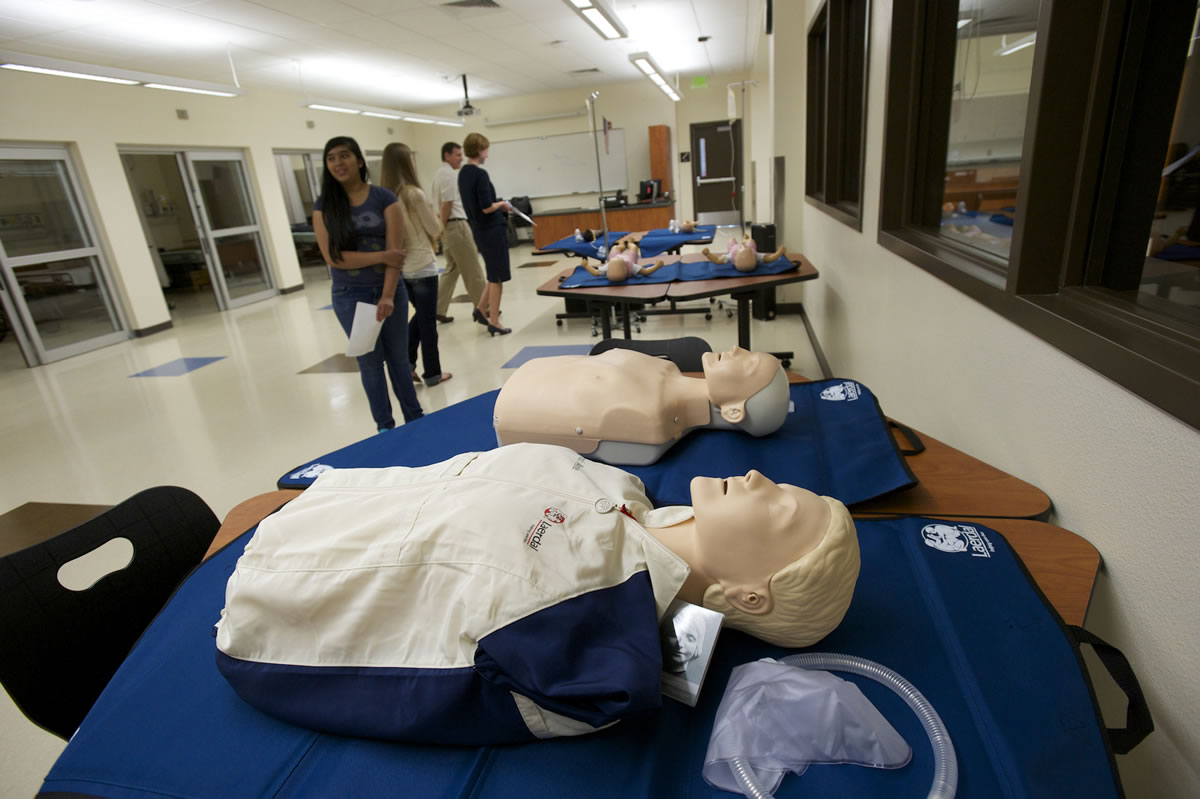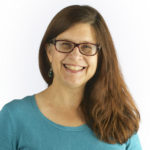The state-of-the-art mock pharmacy, nursing station and biotechnology lab at Henrietta Lacks Health and Bioscience High School are ready to inspire students to pursue health and medical careers.
But before the state’s first health and bioscience high school welcomes its first students, it’s putting out the welcome mat to the community Thursday afternoon with public tours beginning at 3:30 p.m.
Nicknamed HeLa High, the new school is immediately north of PeaceHealth Southwest Medical Center. That proximity will enable students to learn hands-on medical work via internships at the hospital and for medical staff to be guest instructors at the school, said Nicole O’Rourke, an English teacher at HeLa who was assisting student-led tours on Tuesday.
The world-class school has attracted teachers with real-world experience in their fields of study. Students will spend their entire day at HeLa High.




